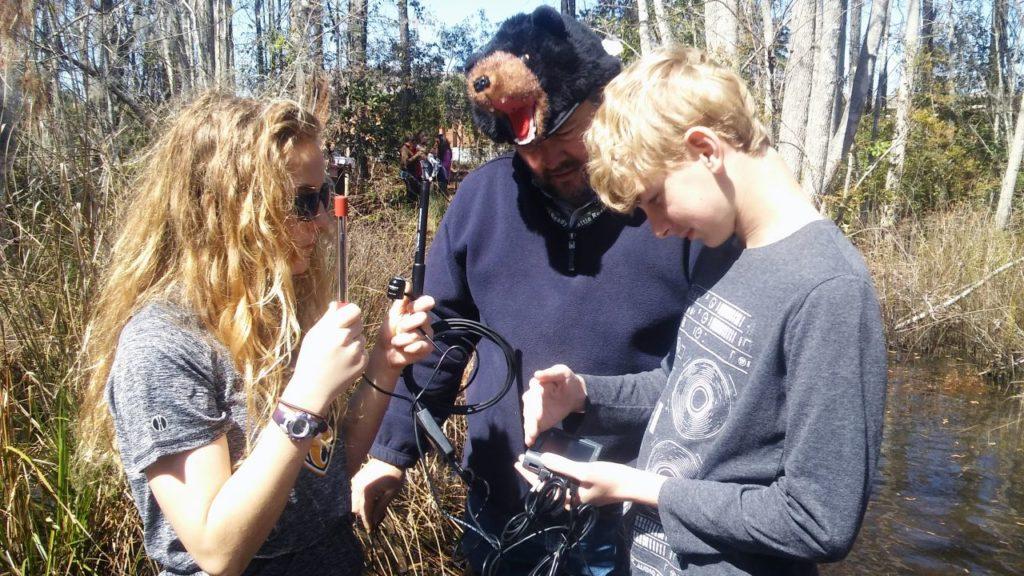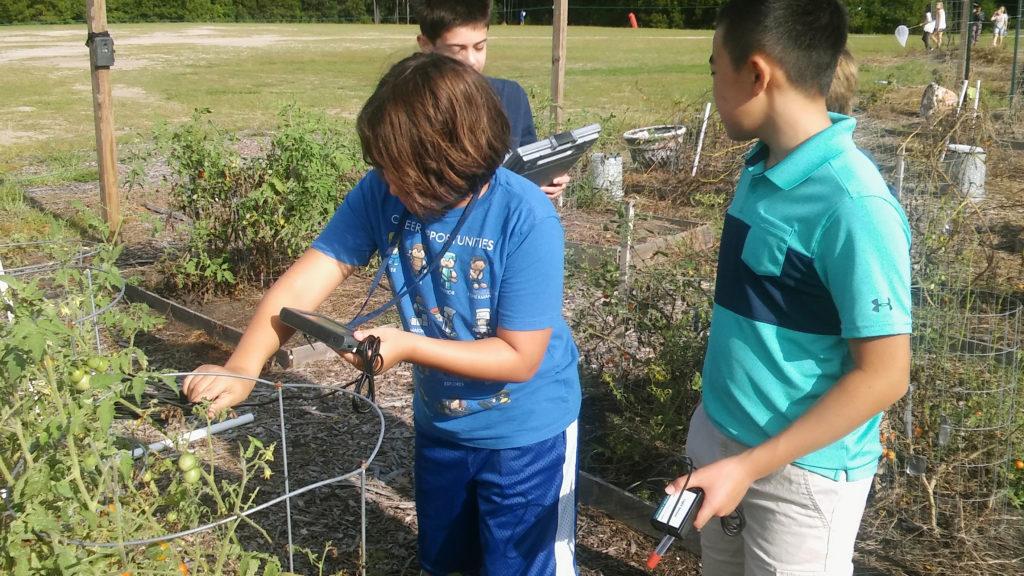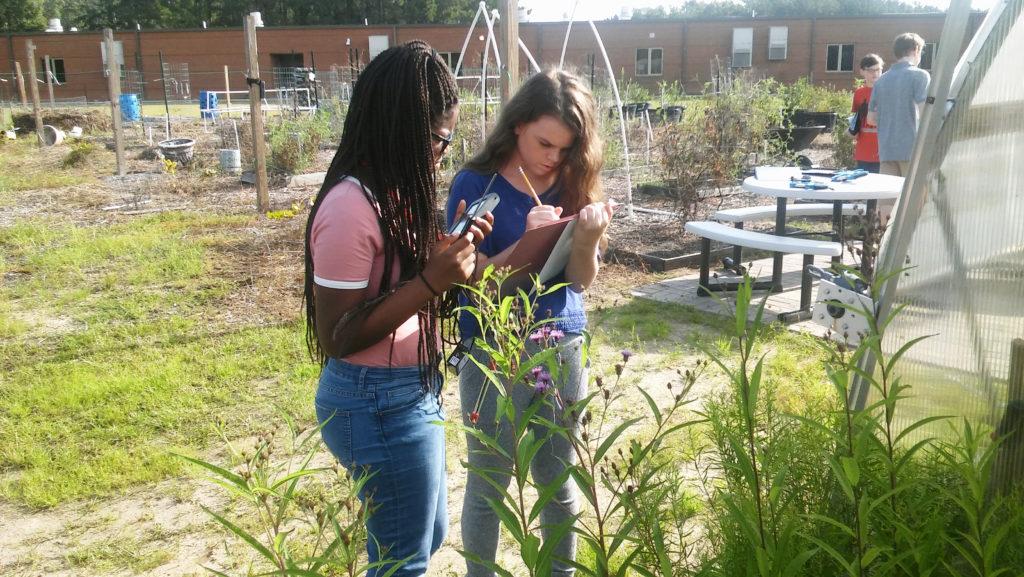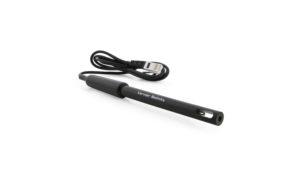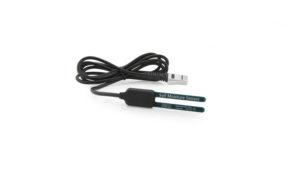There is a lot of pressure when it comes to preparing students for standardized testing and providing them with an engaging and enriching experience. When I thought about standardized testing, I felt trapped. Instead of focusing on test-based tasks, I wanted to focus on real-world science investigations that made the learning process more meaningful.
I began contacting community partners, fundraising for new technologies, and applying for grants that helped me develop an extracurricular ecological studies program. This Field Studies program provided students, staff, and parent volunteers with opportunities to participate in real-world ecological monitoring, surveys, and research activities on our own and with various wildlife and conservation agencies. Because these are real-world activities, it is important that our data is accurate.
The Vernier LabQuest 2 was selected for our Field Studies program because using one interface made far more sense to us than purchasing a variety of independent meters from different vendors. With the LabQuest 2, we have probes that support our studies across a range of activities from the research garden to water testing. The units are user-friendly, and I have discovered that any questions or issues I have are handled immediately by the Vernier support team.
Hands-on learning is now front and center in my science instruction. My 7th grade students at Richmond Hill Middle School in Richmond Hill, Georgia, participate in a variety of real-world investigations, such as monitoring the health of local bodies of water or collecting harvest results, that help them develop STEM career-readiness skills. Students use a variety of data-collection technology, such as LabQuest 2 interfaces and probeware, as an integrated part of their daily science instruction.
A group of approximately 50 students in grades 6–12 also participate in an extra-curricular ecological studies program. They use Vernier sensors in a variety of ways to help them understand the biotic and abiotic factors relevant to our local habitats, including tidal marshes, ephemeral wetlands, and relic forests. As part of the program, students test salinity, pH, dissolved oxygen, conductivity, temperature, and more at local sites during monthly water quality testing outings. They then send the data to Georgia Adopt-A-Stream run by the Georgia Department of Natural Resources. Using this citizen scientist model helps students connect with their community while supporting local stakeholders.
The use of data-collection technology has enhanced both our in-school and extracurricular activities. These activities engage students in real-world, hands-on science and connect them with their community in new and exciting ways, all while helping them learn and master important concepts defined in science standards.
Students also use data-collection technology—such as soil moisture, pH, and light sensors—in conjunction with our school’s large 5,000 sq. ft. garden that features a greenhouse, 44 raised beds, 30 plant containers, wildflowers, berries, and more. Students create and test shade structures for the garden, as well as collect harvest results to determine which plants grow best in our area.
The use of data-collection technology has enhanced both our in-school and extracurricular activities. These activities engage students in real-world, hands-on science and connect them with their community in new and exciting ways, all while helping them learn and master important concepts defined in science standards.

